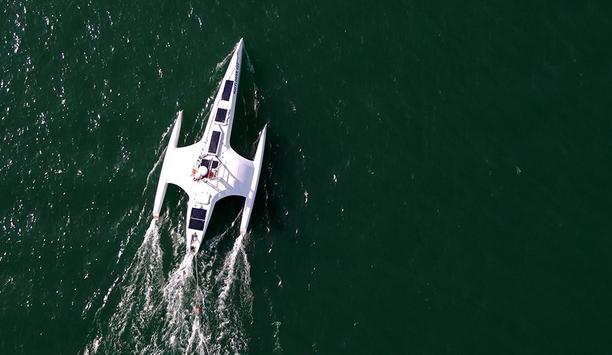Backlogged ports, a shortage of shipping containers and not enough workers are among the factors contributing to supply chain disruptions that have led to shortages of various goods and are likely to impact availability of merchandise, during the upcoming holiday season.
Demand is growing rapidly as the impacts of the COVID-19 global pandemic have diminished. However, lingering consequences of the pandemic are continuing to impact the container shipping market. With each element in the system tightly intertwined, any changes tend to ripple with additional repercussions.
Slow circulatory movement of containers
A direct upshot of the COVID-19 pandemic was to slow the circulatory movement of containers globally. To increase productivity and save time, some vessels began making their return journeys empty, in effect leaving more empty containers at the delivery destination and fewer at the source of shipments.
The varied timing of the pandemic in Asia and the West compounded the problem
At one point, Asian containers could not be sent back to Asia, because of COVID-19 restrictions in place. The varied timing of the pandemic in Asia and the West compounded the problem. With empty containers stacking up in the West and a shortage in the East, slower circulation of containers and higher demand have led to sharp increases in costs.
Millions of TEU dry container units added
A lack of new equipment is not the problem. Last year, the industry added about 2.8 million twenty-foot equivalent (TEU) units of dry containers, in line with the 10-year average.
Congestion at ports has been going on for months and still continues. Recently, in the San Pedro Bay region, near the Port of Long Beach, in California, there were 144 ships, including 85 ships that were waiting to unload. In Savannah, Georgia, more than 20 container ships were waiting to dock. Ports in the US states of New Jersey, New York and Texas have also seen record backlogs.
Majority of influential global ports face backlogs
According to one report, 77% of the most influential ports in the world reported above-average wait times this year. The turn-around time for a container in ports has nearly doubled in 2021, in comparison to 2019.
A worker shortage at the ports is aggravating the problem and container ships now carry about 30% more goods, which require more labour to unload. Ports are also doing the additional work with fewer people. There is also reduced labour productivity at warehouses and marine terminals.
Investment in workforce training to counter bottlenecks
Some port bosses expect the bottlenecks to last through the summer of 2022. To address the problem, some ports are investing in workforce training and scheduling night-time appointments to pick up goods.
Although a lot of attention is focused on the ports, they are just one element in the troubled supply chain. Even if the ports could increase their capacity, downstream processes would also have to increase their labour force, to accommodate the higher volume.
Difficult to absorb impact of global supply chain disruptions
In the best of times, the global supply chain operates like a well-oiled machine
In the best of times, the global supply chain operates like a well-oiled machine, despite its complexity and the inter-relatedness of various stakeholders. However, the sheer size of the system makes it difficult to absorb the impact of any disruptions. Turning the system around takes time, and a burgeoning global demand for goods, in the aftermath of a global pandemic, makes recovery even more difficult.
The Biden Administration in the U.S. has established a Supply Chain Disruptions Task Force, to monitor and address short-term supply issues. This task force is convening meetings of stakeholders in industries with urgent supply-chain problems, such as construction and semiconductors, to identify the immediate bottlenecks, as well as potential solutions.
Role of global supply chain more critical now
There have been supply chain disruption and staff shortages in several countries, including the United Kingdom (UK), Germany and New Zealand, according to business surveys.
As the economy recovered and demand increased, businesses have not yet been able to bring inventories fully back to pre-pandemic levels, causing inventory-to-sales ratios to fall. The role of the global supply chain has never been more critical.

































